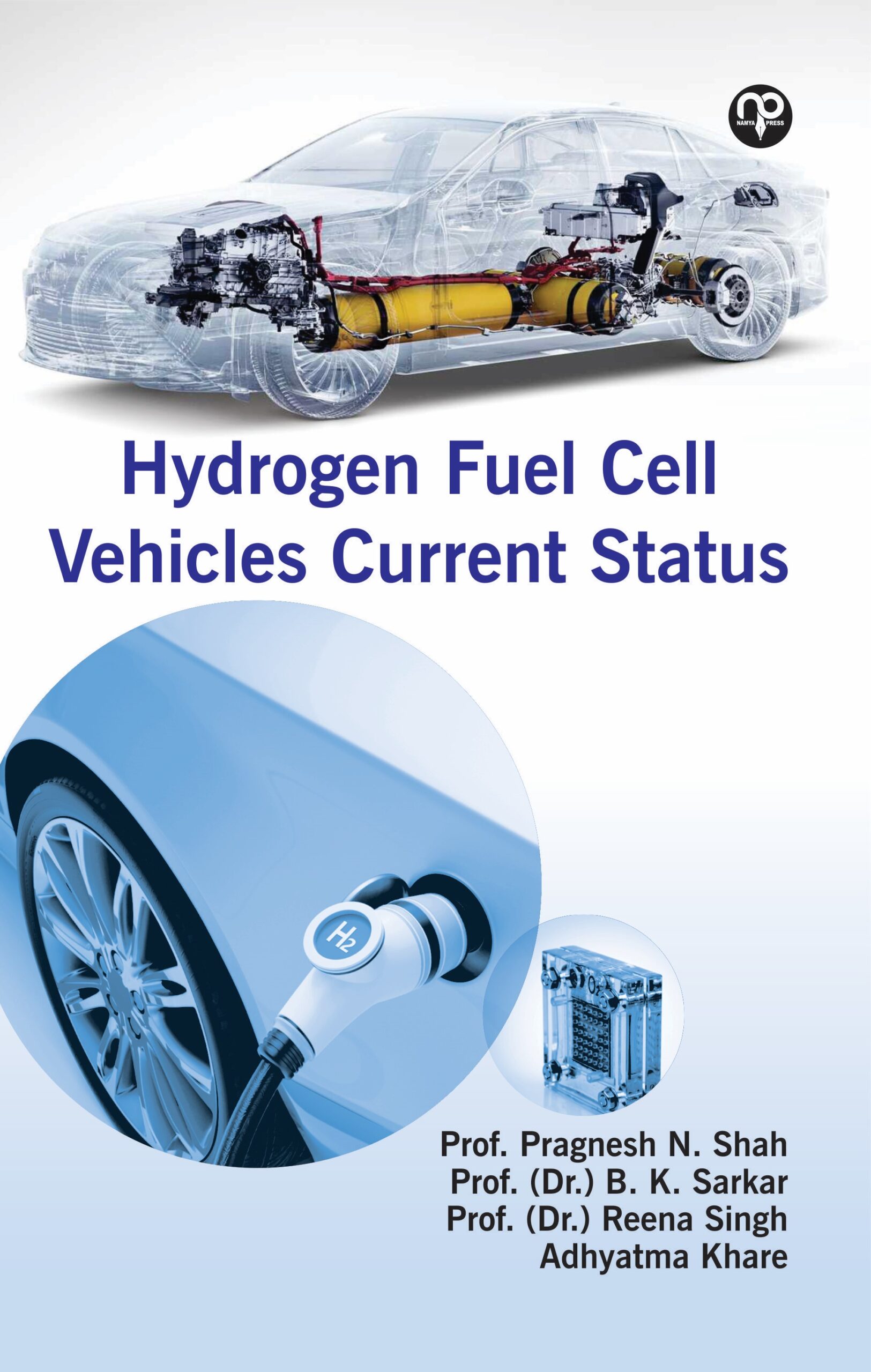
Hydrogen Fuel Cell Vehicles Current Status
The hazardous effects of pollutants from conventional fuel vehicles have caused the scientific world to move towards environmentally friendly energy sources. Though we have various renewable energy sources, the perfect one to use as an energy source for vehicles is hydrogen. Like electricity, hydrogen is an energy carrier that has the ability to deliver incredible amounts of energy. On-board hydrogen storage in vehicles is an important factor that should be considered when designing fuel cell vehicles. In this study, a recent development in hydrogen fuel cell engines is reviewed to scrutinize the feasibility of using hydrogen as a major fuel in transportation systems. A fuel cell is an electrochemical device that can produce electricity by allowing chemical gases and oxidants as reactants. With anodes and electrolytes, the fuel cell splits the cation and the anion in the reactant to produce electricity. Fuel cells use reactants, which are not harmful to the environment and produce water as a product of the chemical reaction. As hydrogen is one of the most efficient energy carriers, the fuel cell can produce direct current (DC) power to run the electric car. By integrating a hydrogen fuel cell with batteries and the control system with strategies, one can produce a sustainable hybrid car.
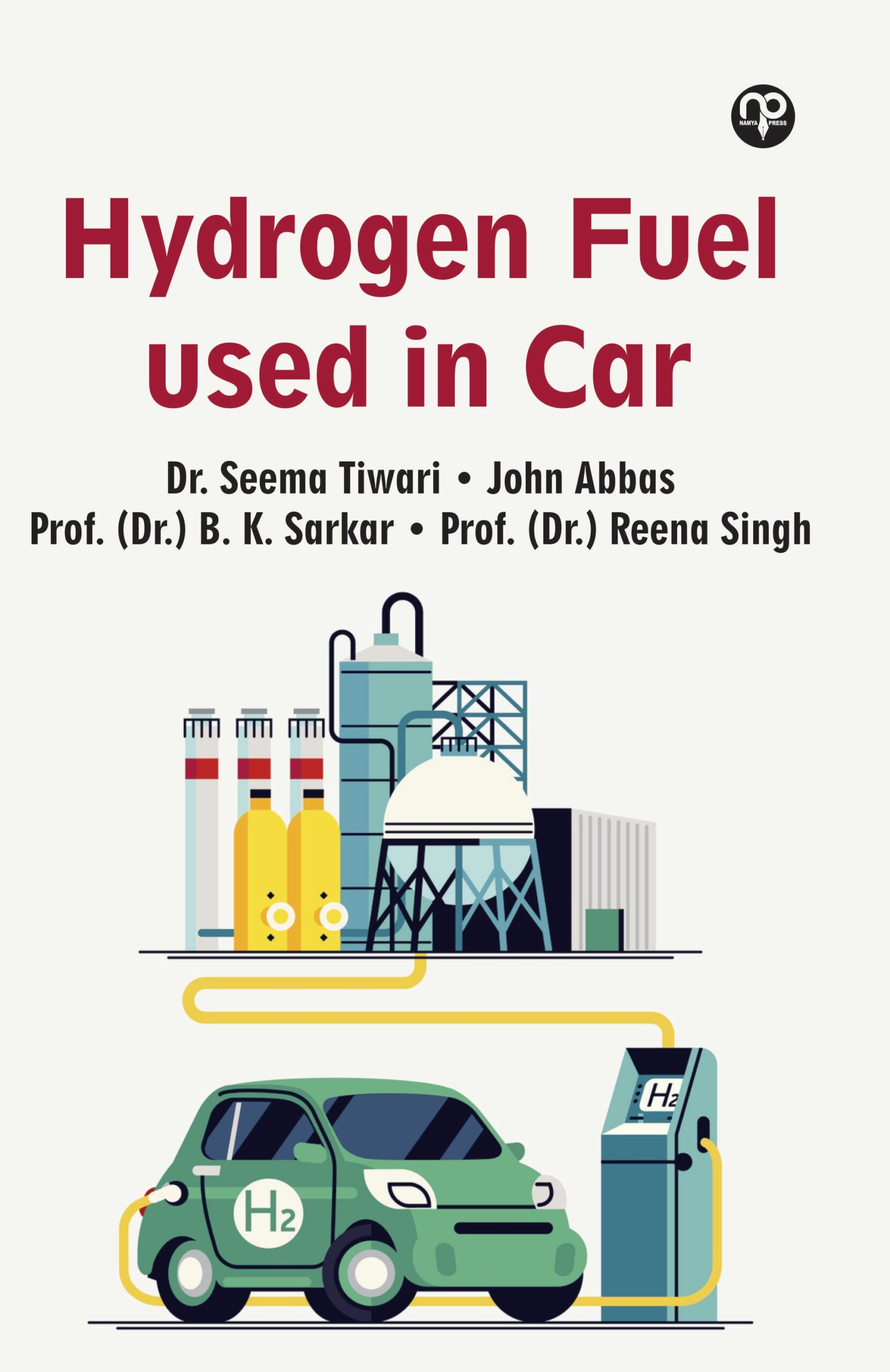
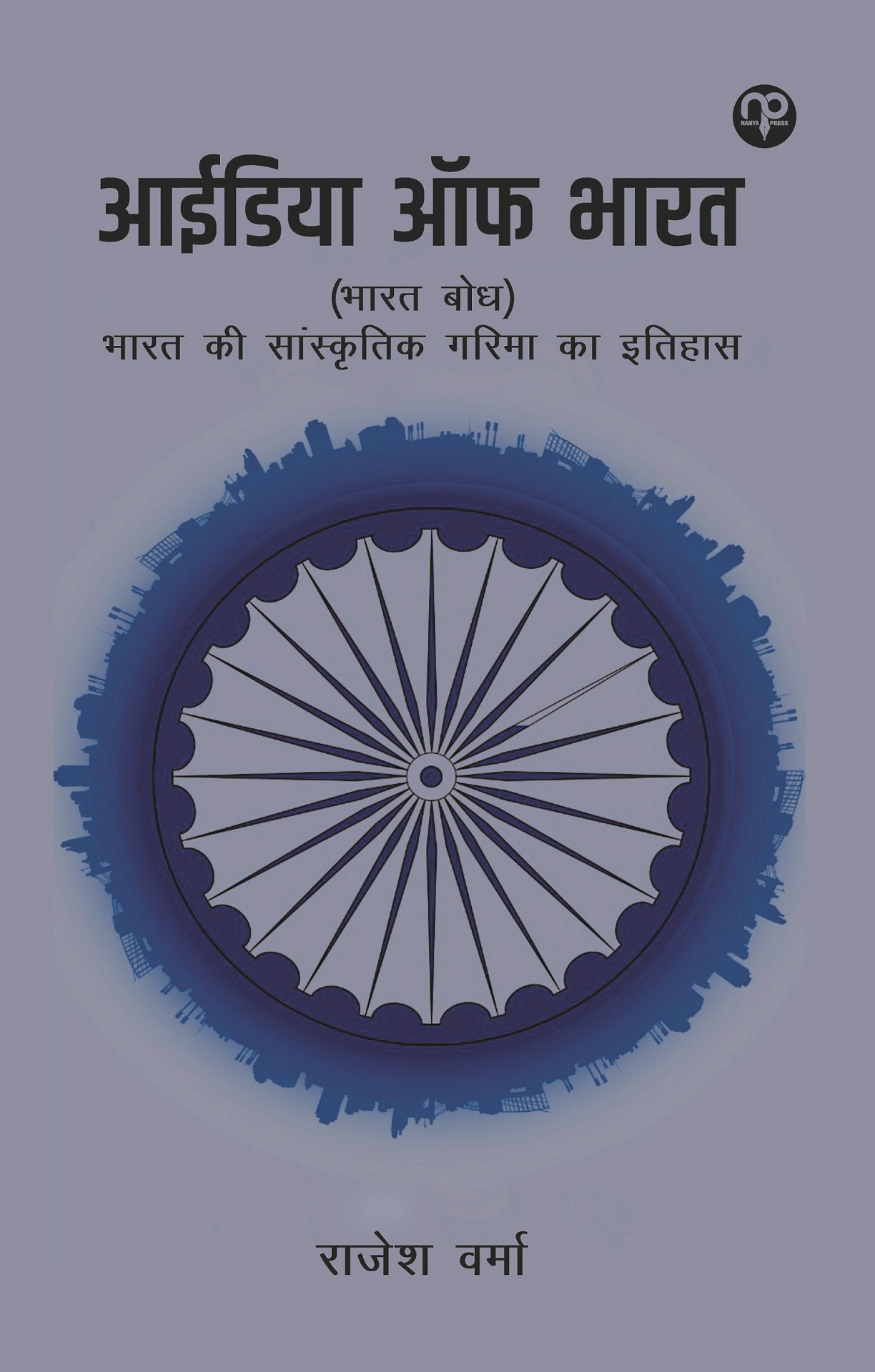
Idea of Bharat
प्रस्तुत पुस्तक “भारत बोध” या ‘आइडिया ऑफ भारत’ विश्वविद्यालय अनुदान आयोग की नई शिक्षा नीति 2020 के अन्तर्गत बी ए के छात्रों के लिए इतिहास विषय के पाठ्यक्रमानुसार लिखी गई है। इसमें शामिल अध्याय हैं- अध्याय 1 – भारतवर्ष की अवधारणा– भारत की मूलभूत विशेषताएँ, शाश्वत भारत, काल और अंतरिक्ष/आकाश की भारतीय अवधारणा, भारत की इतिहास दृष्टि, भारतीय साहित्य की गरिमा; अध्याय 2 – भारतीय ज्ञान परम्परा, कला और संस्कृति– भाषा और लिपि का विकास, भारतीय कला और संस्कृति की मुख्य विशेषताएँ, भारतीय शिक्षा प्रणाली, भारतीय शूरवीरता के आदर्श; अध्याय 3 – धर्म, दर्शन और वसुधैव कुटुम्बकम्– भारतीय धर्म और दर्शन, वसुधैव कुटुम्बकम् के मूल सिद्धांत, राज्य प्रणाली एवं शासन-व्यवस्था, जनपद और ग्राम स्वराज्य; अध्याय 4 – विज्ञान, पर्यावरण और चिकित्सा शास्त्र– प्राचीन भारत में विज्ञान एवं तकनीक, पर्यावरण संरक्षण, स्वास्थ्य चेतना (जीवन विज्ञान)-आयुर्वेद, योग, प्राकृतिक चिकित्सा, भारतीय अंक- प्रणाली एवं गणित; अध्याय 5 – भारतीय अर्थ परम्परा– भारतीय अर्थ विचार, भूमि, वन एवं कृषि, उद्योग, आंतरिक व्यापार एवं वाणिज्य, सामुद्रिक व्यापार।
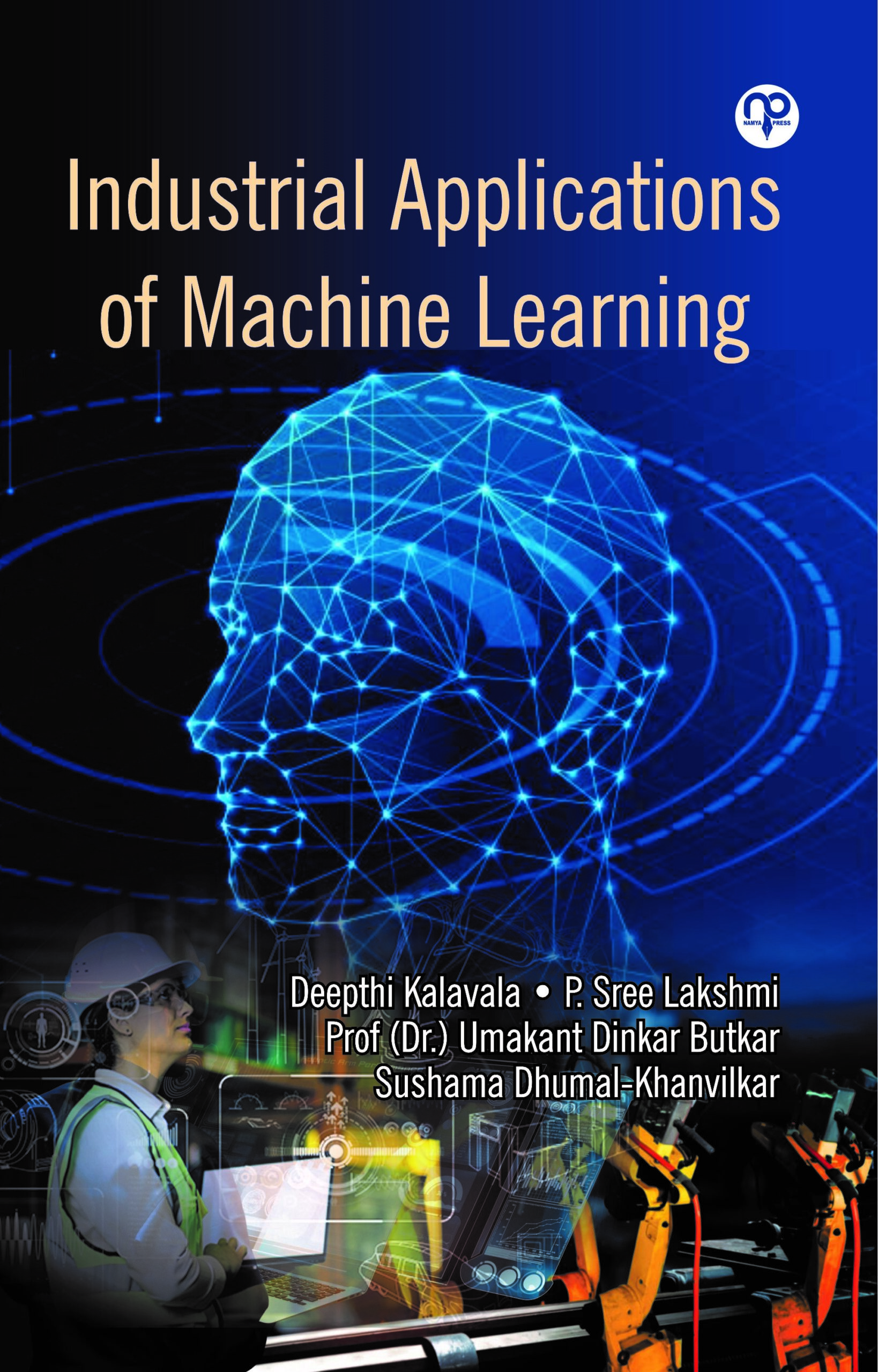
Industrial applications of Machine learning
Machine learning is a rapidly burgeoning field with increasing applications to industry. It is transforming the way that businesses make decisions by providing solutions to complex problems in a fraction of the time and effort that traditional methods have required. This book is designed to introduce industrial professionals to the techniques and methods used in machine learning and provide them with a roadmap to effectively apply them in their own fields.
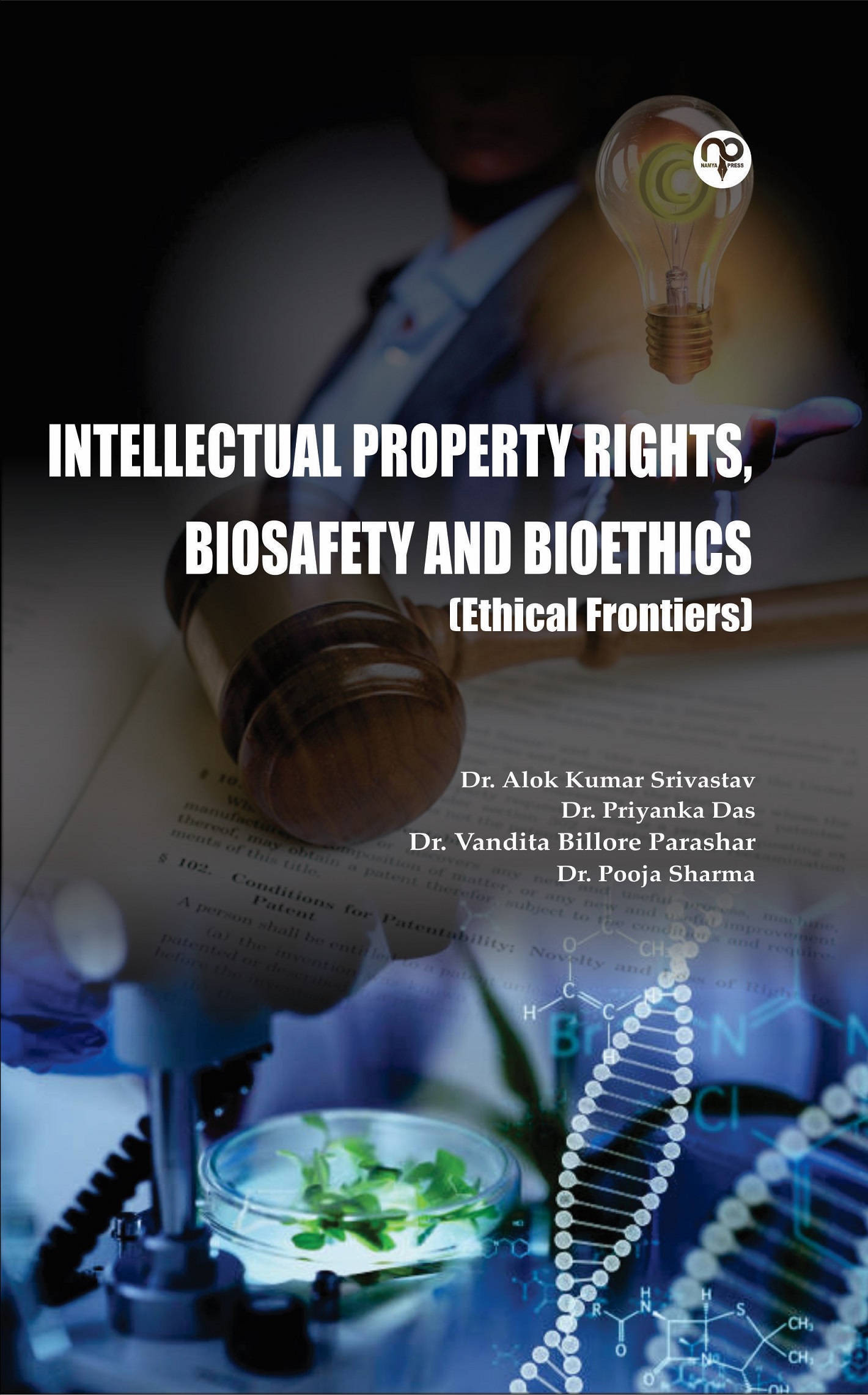
INTELLECTUAL PROPERTY RIGHTS, BIOSAFETY AND BIOETHICS (Ethical Frontiers)
“Intellectual Property Rights, Biosafety, and Bioethics: Ethical Frontiers” offers a comprehensive exploration of the dynamic intersection between law, science, and ethics in the rapidly evolving landscape of biotechnology. In this illuminating text, the author delves into the intricacies of Intellectual Property Rights (IPR), unraveling the historical evolution and global frameworks that underpin patents, trademarks, copyright, and more. Readers are guided through the labyrinth of patenting processes, from the basics and recent amendments to international treaties and financial assistance schemes.
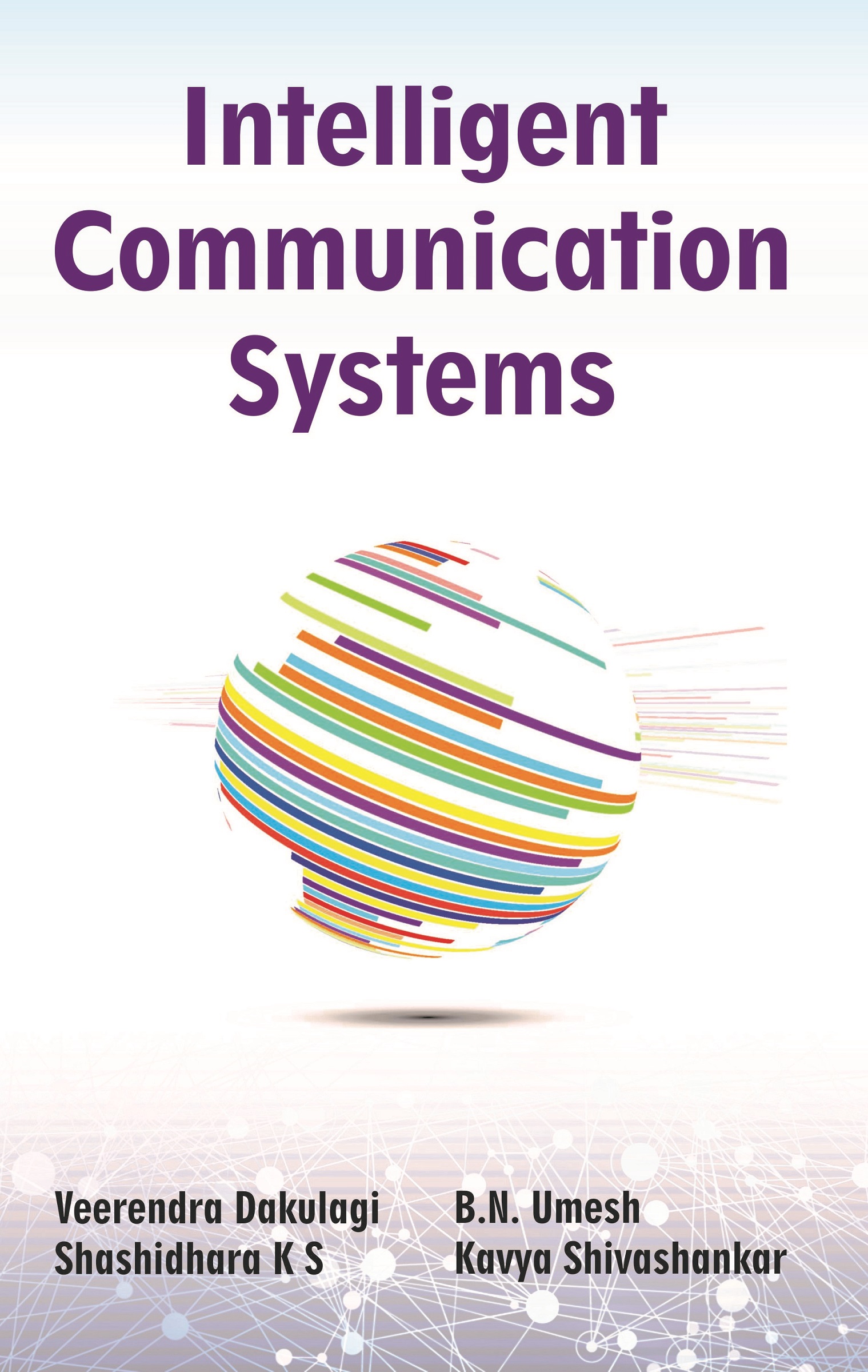
Intelligent Communication Systems
The development of smart correspondence frameworks has been a momentous excursion that traverses quite a few years. Everything started with the approach of PCs and the early ideas of systems administration during the twentieth 100 years. The primary looks at savvy correspondence arose as essential information trade between centralized server PCs. As innovation advanced, the introduction of the web in the last part of the 1960s denoted a critical second, establishing the groundwork for a worldwide organization that would change correspondence. The 1980s and 1990s saw the ascent of email administrations and the Internet, making data more available and interconnected. Be that as it may, genuine shrewd correspondence frameworks began coming to fruition in the 21st hundred years with the multiplication of cell phones and the beginning of versatile web. These devices brought not only seamless connectivity but also the integration of voice recognition and early forms of artificial intelligence (AI) like virtual assistants, which transformed the way humans interacted with technology.

Introduction to smart manufacturing and Automation
A smart factory, also known as a digital factory or Industry 4.0 factory,
is an advanced manufacturing facility that utilizes digital technologies
and automation to optimize production processes, improve efficiency, and
enhance overall productivity. It leverages technologies such as the Internet
of Things (IoT), artificial intelligence (AI), big data analytics, robotics, and
cloud computing to create a highly connected and intelligent manufacturing
environment.
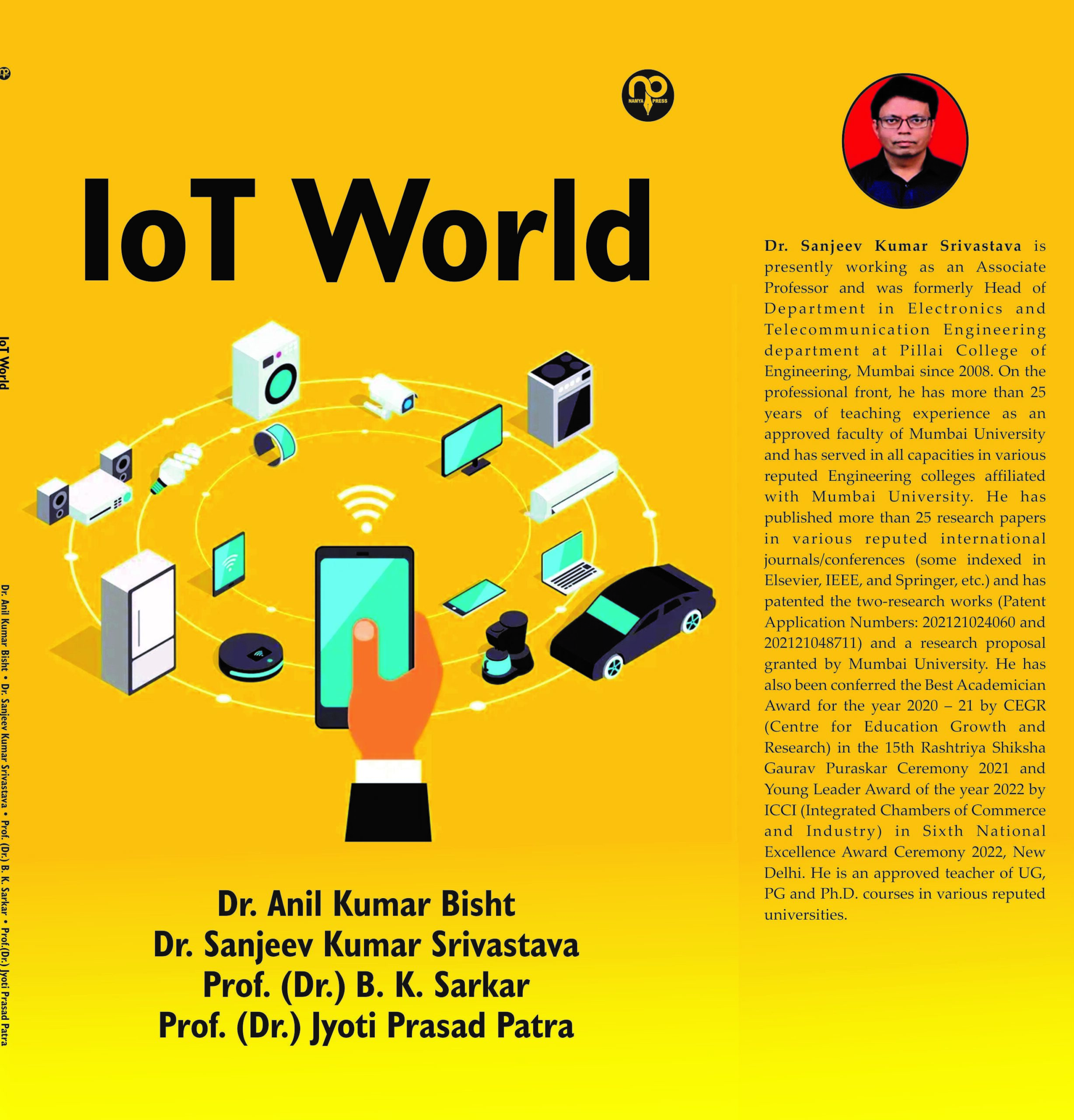
IoT World
It is normal that Web of Things (IoT) upheaval will empower new arrangements and business for purchasers and business people
